[[bpstrwcotob]]

Sharpen Your Skills with Targeted Lab Design Conference Workshops
The 2026 Lab Design Conference offers a choice between three small-group, hands-on workshop options as an add-on to your registration—space is limited, so secure your spot early!

Advancing Efficiency in Laboratory Design: Actionable Insights from NREL
In the closing session of the 2025 Lab Design Conference, experts from NREL highlighted how the Smart Labs framework offers a practical path to significantly reduce laboratory energy use—without sacrificing safety—through data-driven ventilation strategies, stakeholder collaboration, and continuous operational improvement
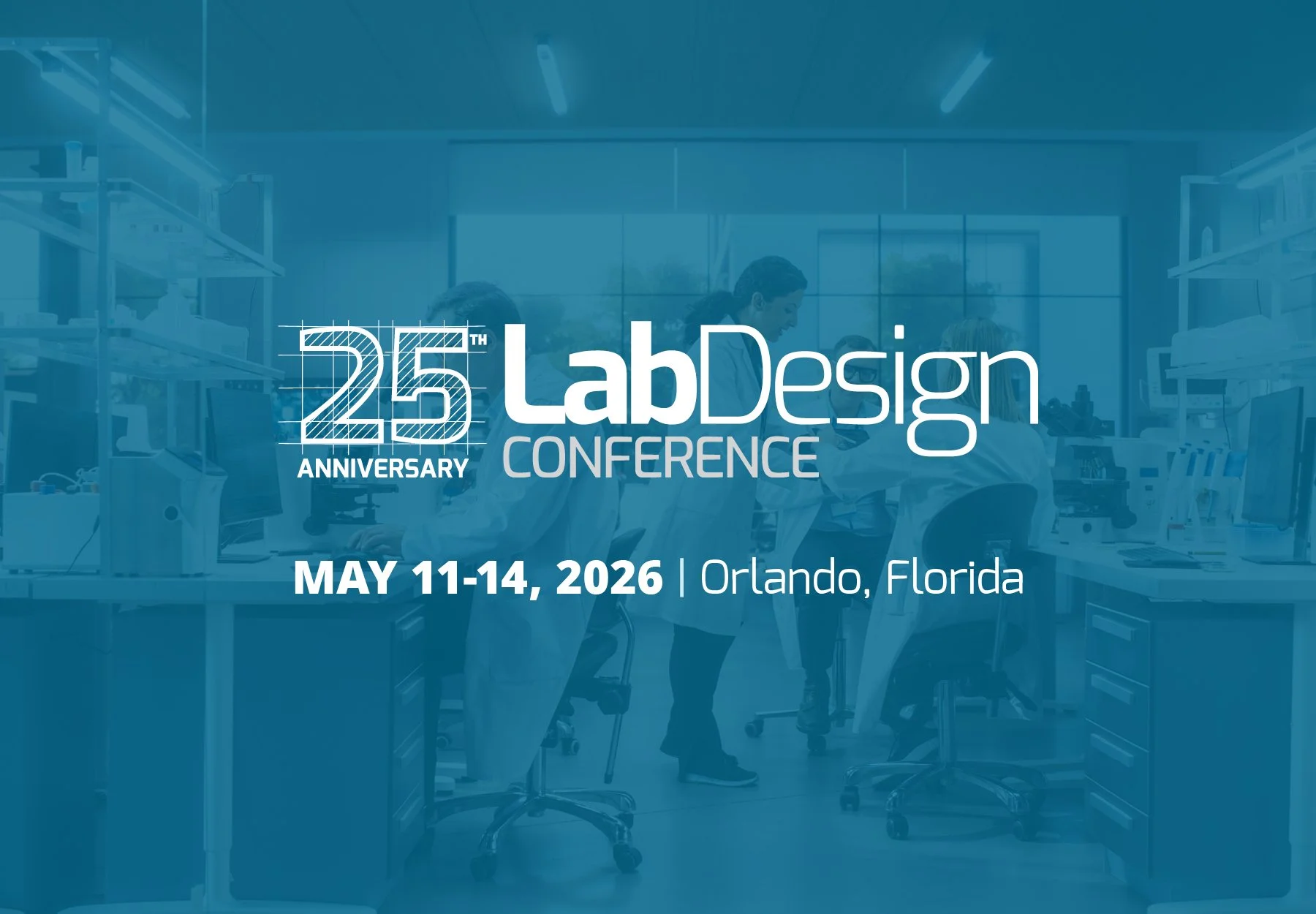
What’s Ahead: 2026 Lab Design Conference Agenda Unveiled
View the agenda for the 2026 Lab Design Conference, taking place May 11–14 in Orlando, FL—early bird tickets are available through December 31
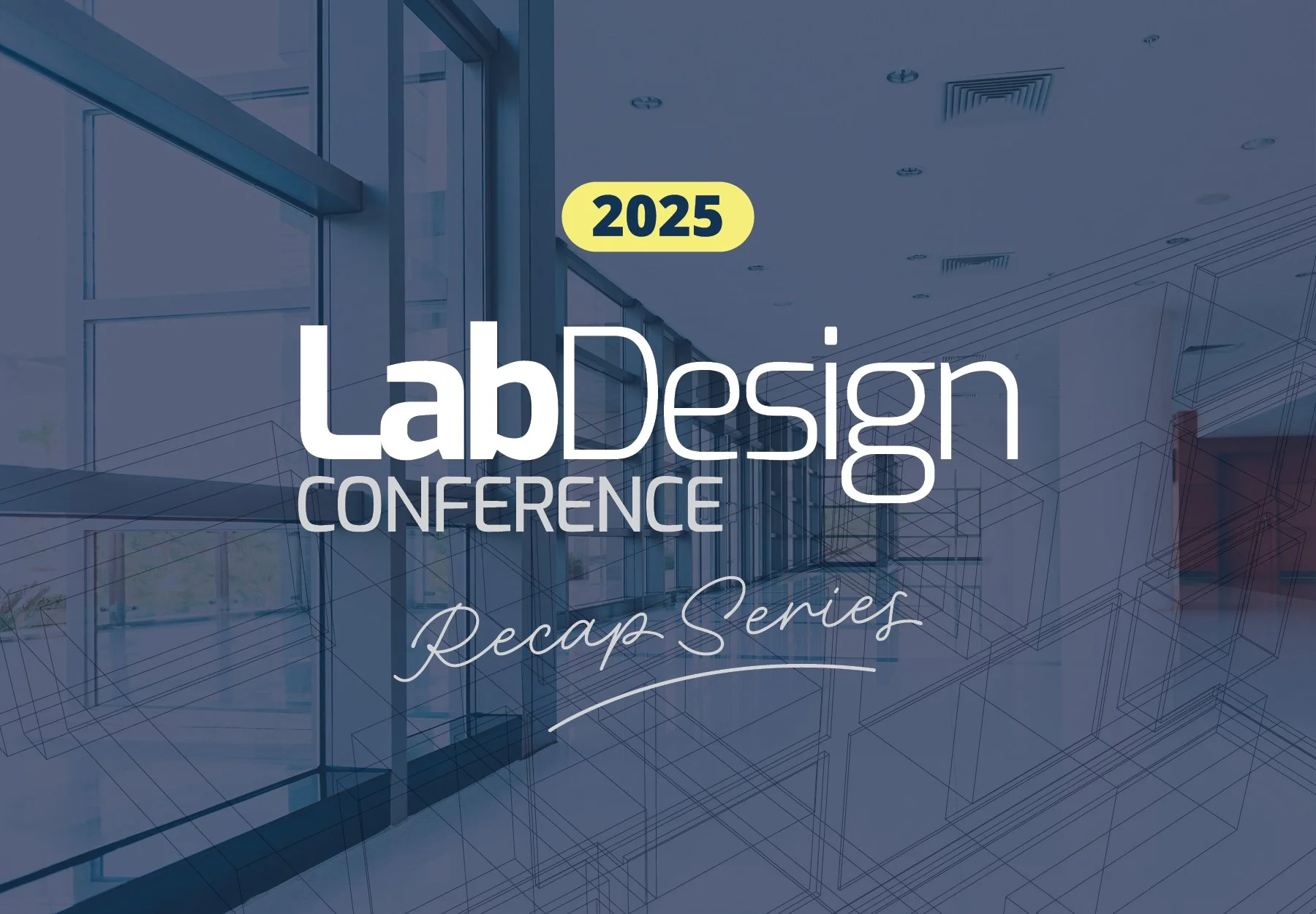
Too Much Water, Too Little Time: Designing Research Labs for Climate Resilience
As climate change drives more frequent and severe weather events, experts warn that resilient lab design—guided by realistic threat assessments and proactive infrastructure choices—is now essential to protect research continuity and prevent catastrophic losses
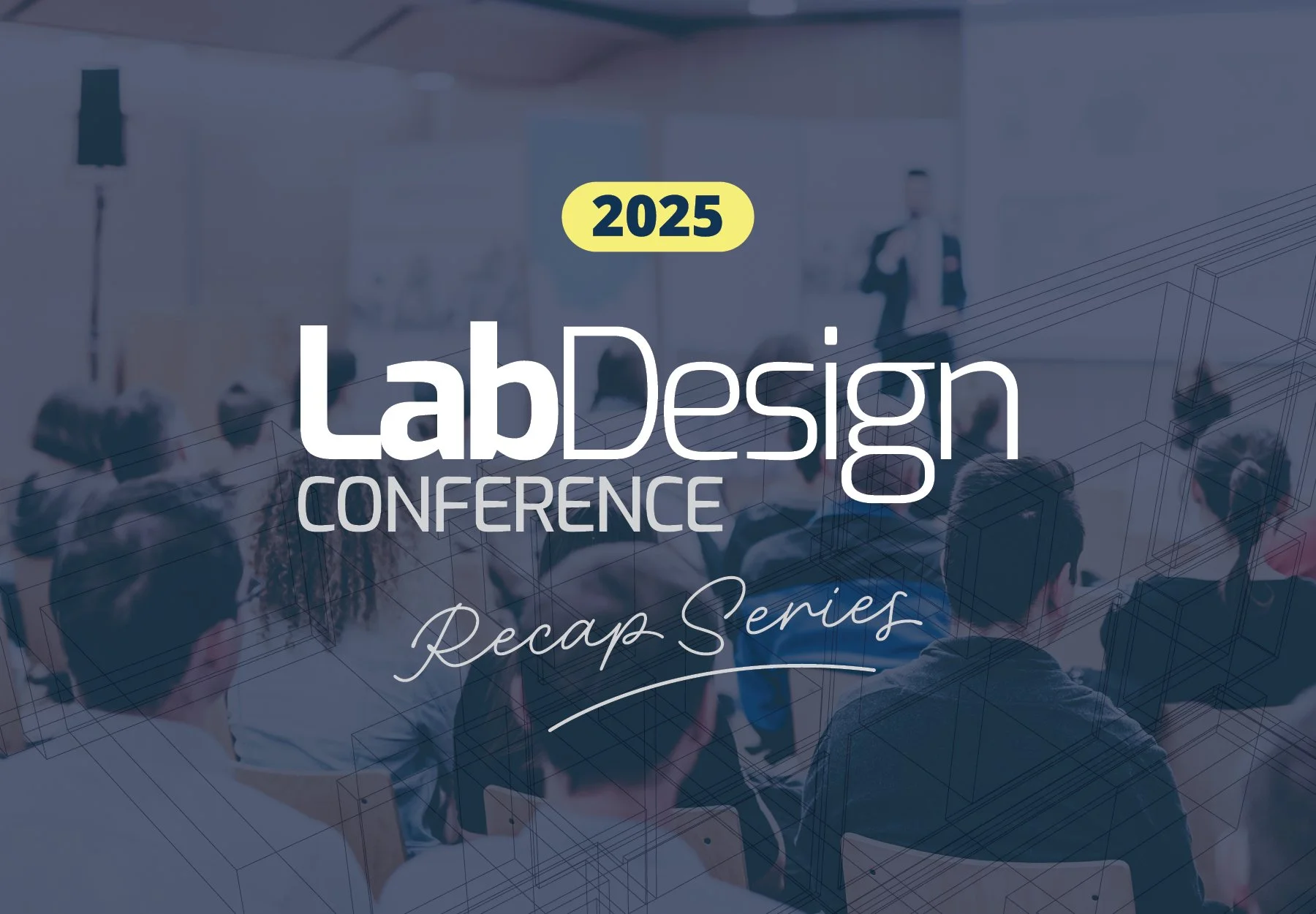
Busting the Myth of Adaptive Reuse: Lessons in Retrofitting Labs for Structural Performance and Sustainability
As demand for life science and advanced technology spaces grows, adaptive reuse offers sustainability and speed—but as speakers at the 2025 Lab Design Conference emphasized, converting offices, warehouses, or retail buildings into high-performance labs presents complex structural challenges that require careful evaluation of each building’s limitations and suitability
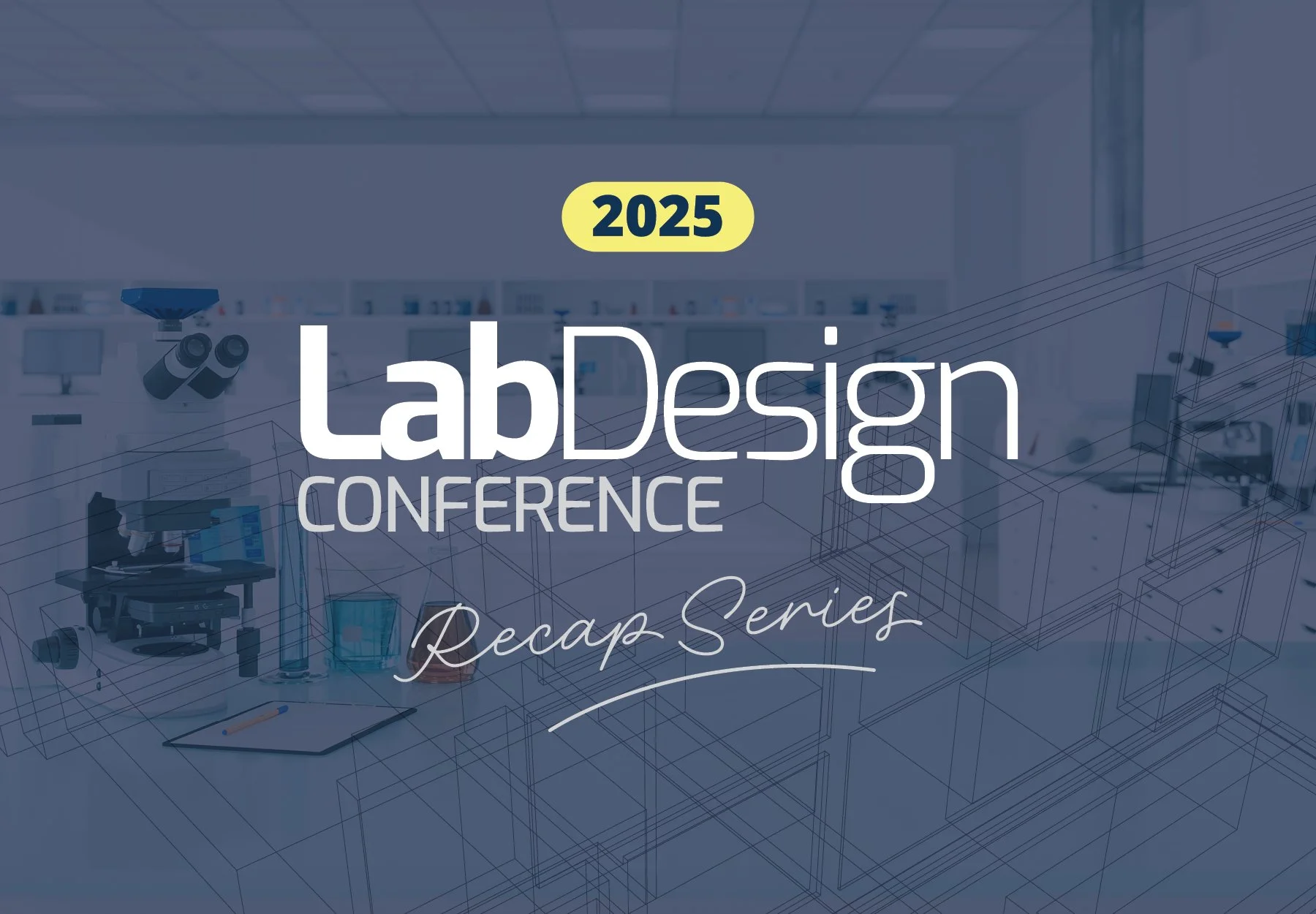
Science for Everyone: Moving Beyond ADA in Lab Design
Achieving true inclusivity in lab environments means going beyond ADA compliance to consider the full spectrum of human abilities—both visible and invisible—by integrating accessibility into the design process from the outset, with empathy guiding decisions rather than just code requirements
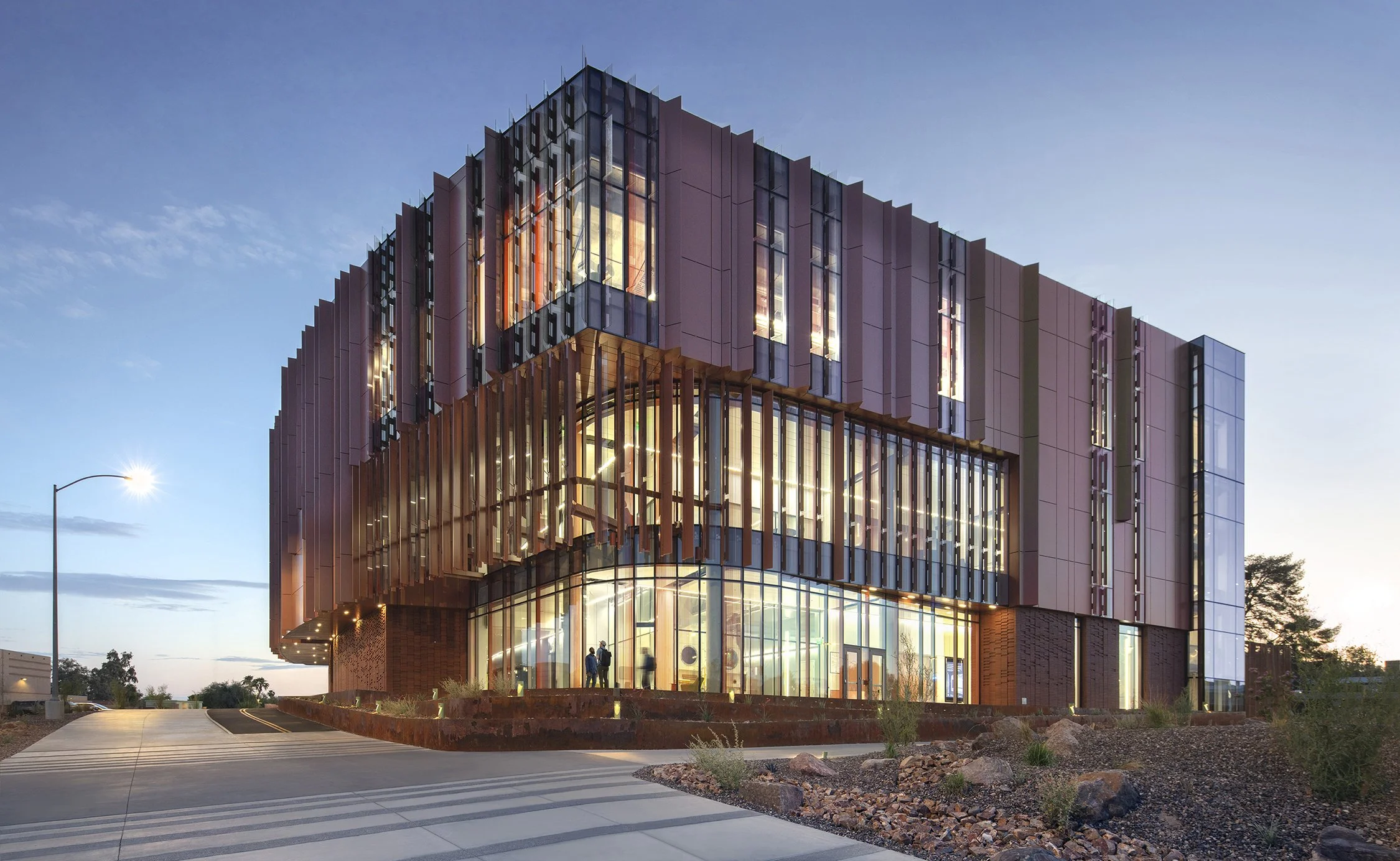
Designing for Complexity: University of Arizona’s Applied Research Building Wins Award for Excellence in Whole Building/Holistic Design—New Build
The University of Arizona’s Applied Research Building, recognized with a 2025 Design Excellence Award, showcases a mission-driven, adaptable approach to lab design, supporting specialized research in space science, imaging, and high-bay integration while offering insights for planning complex research facilities

From Old to High-Performing: Navigating the Complexities of Breathing New Life into Existing Buildings
Outdated buildings—including a federal lab and a former big-box store—can be successfully transformed into high-performing, flexible laboratory spaces by leveraging early feasibility studies, interdisciplinary collaboration, and design strategies focused on sustainability, adaptability, and occupant well-being

Five Benefits of Attending the 2026 Lab Design Conference in Orlando
The 2026 Lab Design Conference, celebrating its 25th year on May 11–14 in Orlando, will bring together leading professionals in laboratory planning, design, and construction for AIA-accredited education, networking, exhibits, workshops, and lab tours focused on innovation, sustainability, and the future of lab environments

Creating the Future from the Past: An Environmental Case Study
At the 2025 Lab Design Conference, Leo A Daly’s Larry Wright presented the full gut renovation of the Armed Forces Radiobiological Research Institute, illustrating how outdated, highly technical mid-century research buildings can be sustainably transformed—preserving architectural legacy, improving animal research operations, and achieving LEED Silver certification—through thoughtful planning, structural innovation, and reduced embodied carbon
